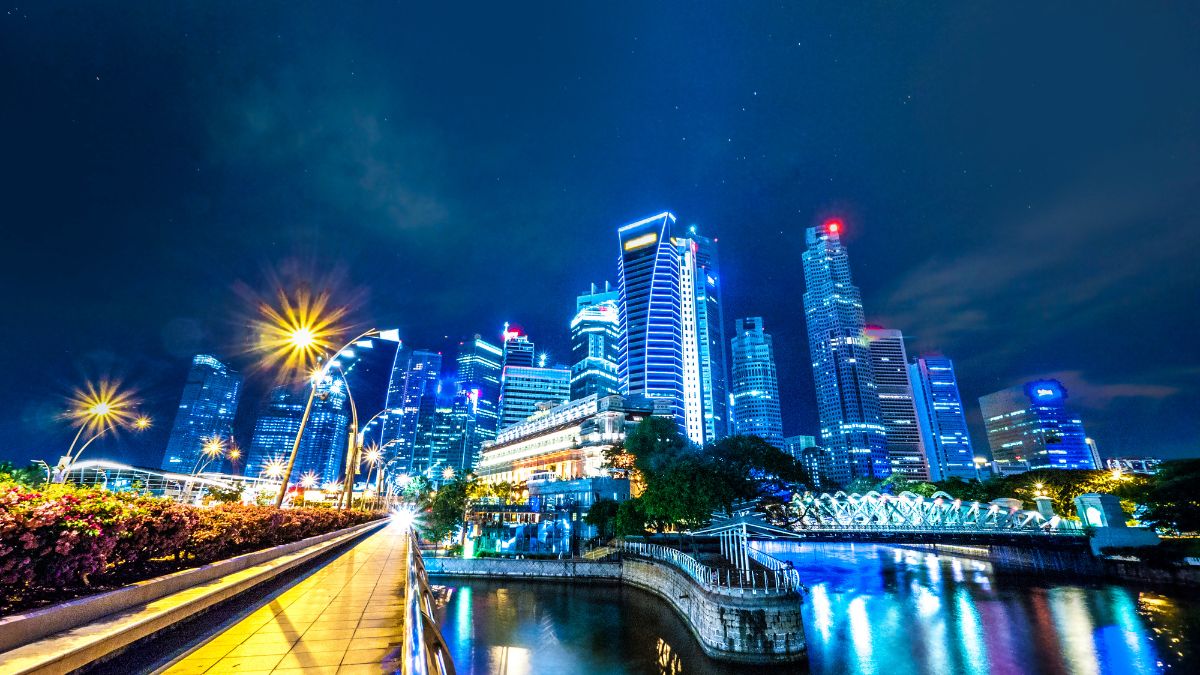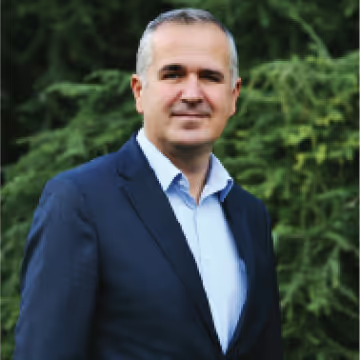Current State of Play
Asia and the Middle East are rapidly becoming the new frontier for secondary citizenship and residency solutions. With Europe tightening investment migration pathways, high-net-worth individuals (HNWIs) are turning eastward for long-term residency, tax optimization, and global mobility. The Gulf region is transforming into a magnet for investors through Golden Residency schemes, while Asia balances between elite hubs like Singapore and Japan and emerging markets like Cambodia, Vietnam, and Indonesia.
From our records, we believe that Asia now accounts for some of the fastest-growing HNWI migration flows globally, while Gulf countries are increasingly recognized for strategic stability and family-friendly programs.
For investors, this means access to new tax havens, dynamic economies, and family security structures—making the region a top contender for residency planning.
The Easiest & Most Attractive Options
(Top Tier "Group A") Gulf States – High-Value PR Programs
Qatar – Through property-linked residency starting at QAR 730,000, investors gain access to residency rights, with PR available at higher thresholds (QAR 3.65m). Benefits include healthcare and education access, though limited to designated property zones.
Bahrain – Its 10-year Golden Residency visa is flexible, appealing to retirees, professionals, and investors. Unlike Qatar, work authorisation is available, though property and salary thresholds must be met.
Oman – Offering 5–10 year golden residency permits via real estate, securities, or equity investments, Oman stands out for family inclusion. However, investors must meet strict verification standards.
Saudi Arabia – The Premium Residency scheme gives global entrepreneurs access to property, business ownership, and even domestic staff sponsorship. Entry costs are high, and freehold ownership in Mecca/Medina remains prohibited.
("Group B") Asia’s Premier Hubs – Selective but Powerful
Singapore (GIP) – The Global Investor Programme grants permanent residence to those establishing family offices or qualifying businesses. Approvals are highly selective and capital thresholds are significant, but PR in Singapore remains among the world’s most coveted.
Japan – Through long-term stays or the Business Management Visa, Japan offers a pathway to permanent residency and eventual citizenship. Entry is costly, and timelines are long, but Japan’s global influence makes it strategically valuable.
South Korea – Investor visas tied to real estate or public development funds offer a strong route to PR. Naturalization grants a highly ranked passport, though financial and cultural integration requirements are high.
Taiwan – The Gold Card Visa combines residency flexibility with tax benefits, appealing to professionals and investors. After 5 years, PR is available, but naturalization demands language and cultural adaptation.
("Group C") Affordable & Strategic Alternatives
Indonesia (Second Home Visa) – With proof of IDR 2 billion (~USD 130k) in local banks or property, HNWIs can secure 5–10 year stays. A simple option for regional mobility, though work rights are excluded.
Cambodia (Citizenship by Donation) – Citizenship can be obtained through a government donation of around USD 245,000, offering one of Asia’s fastest approvals. However, passport mobility remains limited.
Cyprus (Permanent Residency) – A €300,000 property or corporate investment secures family PR in the EU. While citizenship-by-investment has closed, Cyprus still offers EU access—though it is outside the Schengen Zone.
Israel – The Law of Return grants Jews immediate residency and citizenship. U.S. citizens benefit from a B-5 investor visa. For others, investment options are limited.
Jordan – Offering both residency and citizenship through investments in deposits, treasuries, or job creation, Jordan provides flexibility. However, thresholds are high and policies are frequently revised.
Quick Snapshot of Other Notable Options
Gulf State
- Qatar → Upside: Affordable entry for PR benefits. Watch-out: Restricted to designated zones, annual presence requirement.
- Bahrain → Upside: 10-year renewable visa, work authorization. Watch-out: Salary/property thresholds.
- Oman → Upside: Flexible investment routes with family inclusion. Watch-out: Rigid verification standards
- Saudi Arabia → Upside: Premium Residency unlocks property & business opportunities. Watch-out: High cost, restrictions in holy cities.
Asia’s Elite Hubs
- Singapore → Upside: Global financial hub PR. Watch-out: High cost, selective approval
- Japan → Upside: Stable PR track. Watch-out: Long timelines.
- South Korea → Upside: Strong passport after nationalisation. Watch-out: Expensive threshold
- Taiwan → Upside: Gold Card flexibility. Watch-out: Cultural integration require
Affordable Alternatives
- Indonesia → Upside: 5–10 year stays with low barriers. Watch-out: No work rights
- Cambodia → Upside: Direct citizenship route. Watch-out: Weak passport
- Cyprus → Upside: EU-linked PR. Watch-out: Not Schengen.
- Cyprus → Upside: EU-linked PR. Watch-out: Not Schengen.
- Israel → Upside: Unique diaspora rights. Watch-out: Limited non-Jewish investor paths.
- Jordan → Upside: Citizenship + residency flexibility. Watch-out: Policy shifts, high thresholds.
Emerging / Frontier Mentions
Vietnam, Kazakhstan, Uzbekistan offer investor options, but these countries are bureaucracy heavy. Sri Lanka, Maldives, Mongolia have an attractive and interesting lifestyle appeal, but have weak mobility benefits.
Lebanon, Kuwait, Kyrgyzstan, Tajikistan, Laos, Bhutan, Brunei, Myanmar, Turkmenistan, Nepal could be considered unstable, restrictive, or limited investor migration potential.
Final Takeaway
For HNWIs, Asia and the Middle East now represent the broadest spectrum of residency and citizenship solutions globally. From Singapore’s exclusivity and Saudi Arabia’s ambitious reforms to Indonesia’s practical long-stay visa, investors can tailor strategies to match family, business, and mobility goals. While frontier markets offer affordability, established hubs remain the gold standard for long-term security and global prestige.
Vietnam, Kazakhstan, and Uzbekistan are emerging as destinations for secondary citizenship and residency solutions, with investor pathways slowly opening up. These frontier markets present promising opportunities for diversification, particularly for high-net-worth individuals (HNWIs) seeking new bases in Asia and Central Asia. However, the bureaucratic frameworks in these countries remain cumbersome, with lengthy processing times and regulatory hurdles that can deter investors seeking smooth, predictable migration processes.
Sri Lanka, the Maldives, and Mongolia are often highlighted for their lifestyle appeal, offering stunning natural environments, leisure-driven economies, and relatively affordable living standards. Yet, while attractive for residency, their programs typically provide weak passport mobility and limited global recognition, making them less compelling for those prioritizing international access and long-term security.
By contrast, Lebanon, Kuwait, Kyrgyzstan, Tajikistan, Laos, Bhutan, Brunei, Myanmar, Turkmenistan, and Nepal fall into the category of restricted or unstable investor migration markets. Political volatility, underdeveloped frameworks, and limited pathways for investors make these jurisdictions less practical for securing secondary citizenship or residency. While each holds unique cultural and economic potential, they remain challenging choices for HNWIs focused on global mobility, wealth preservation, and secure family planning strategies.























